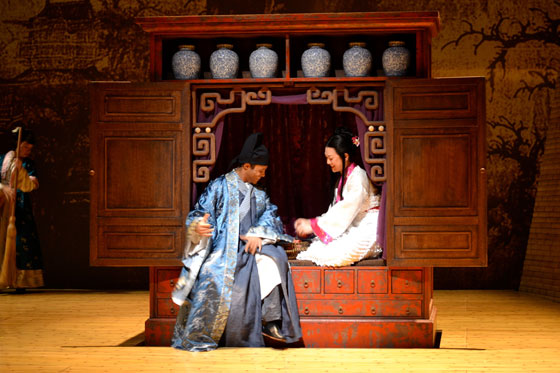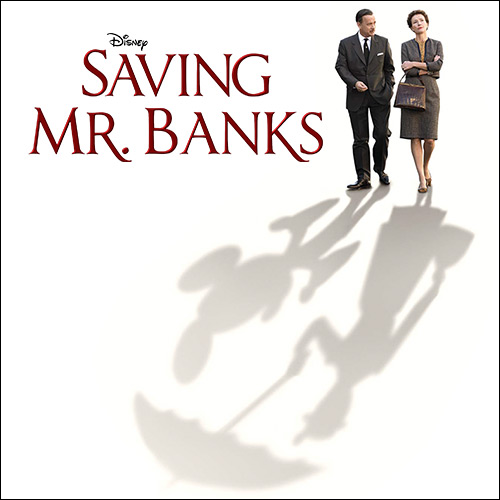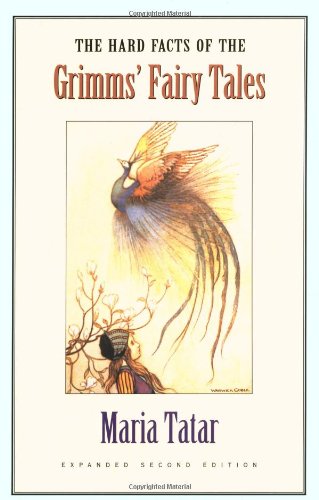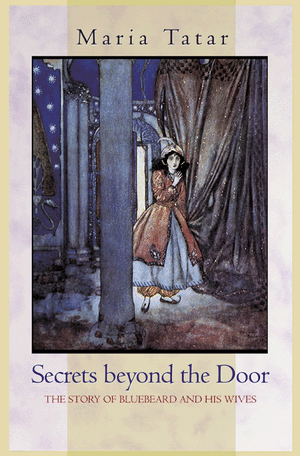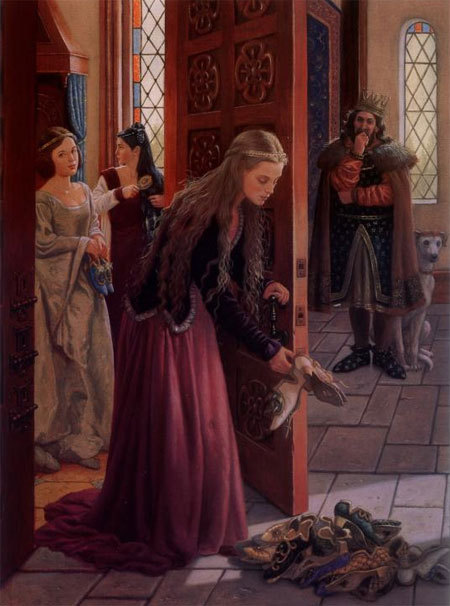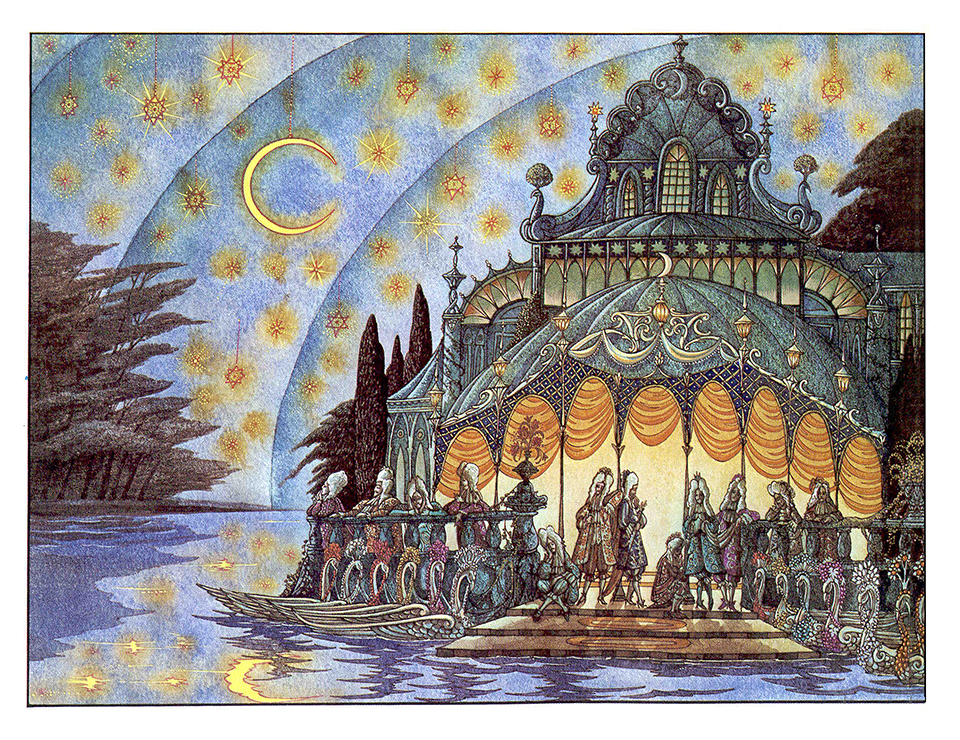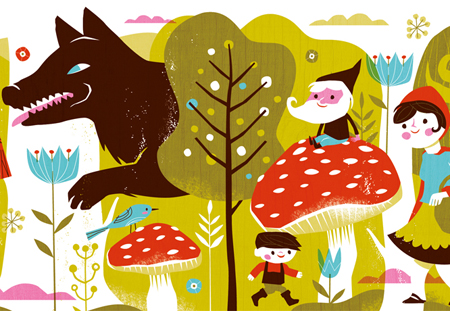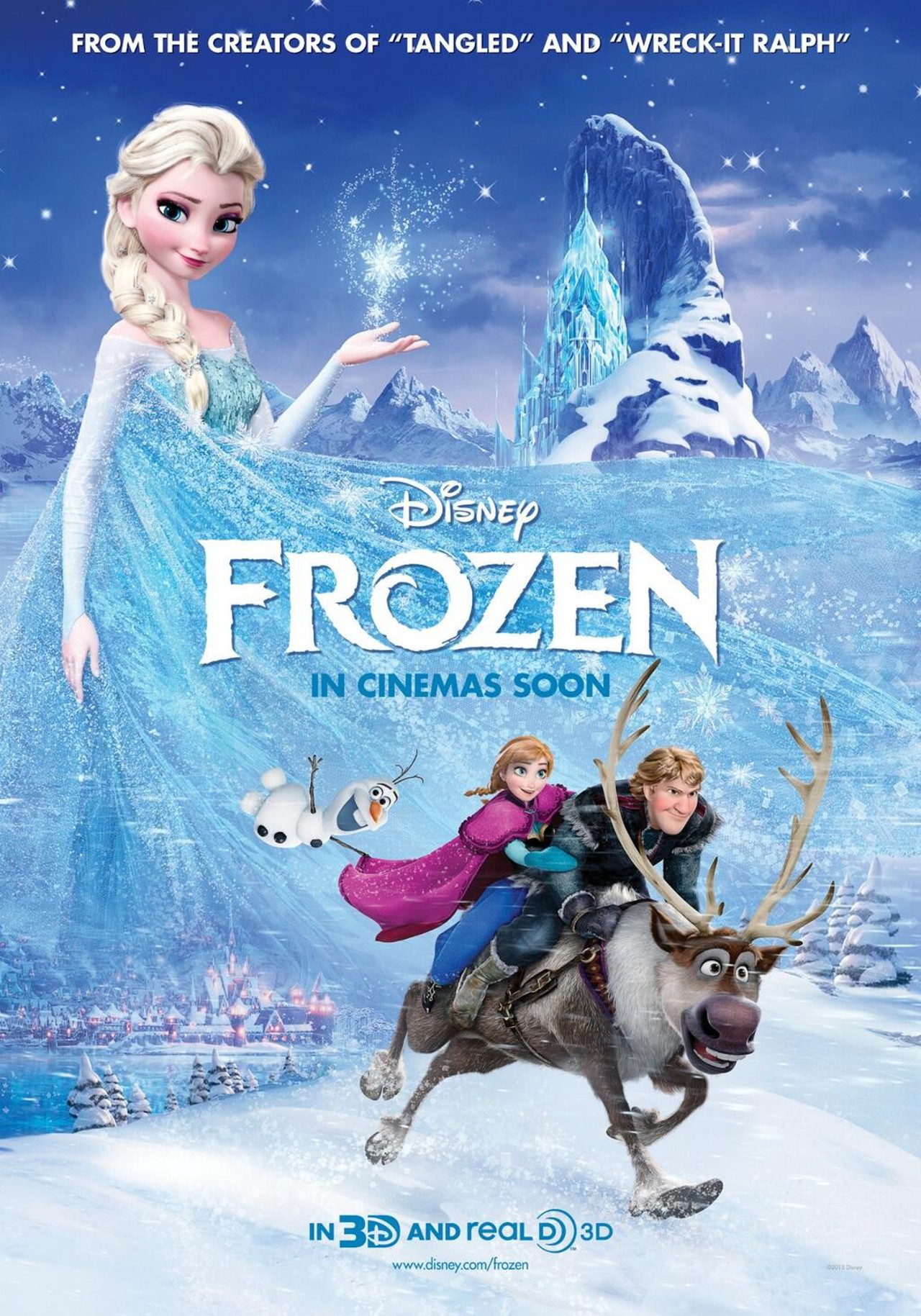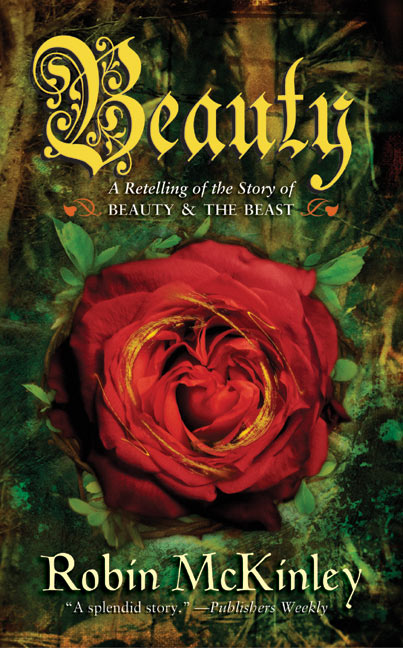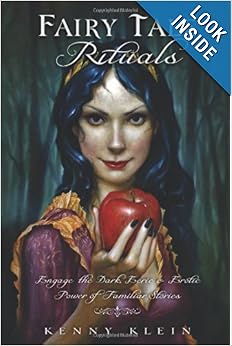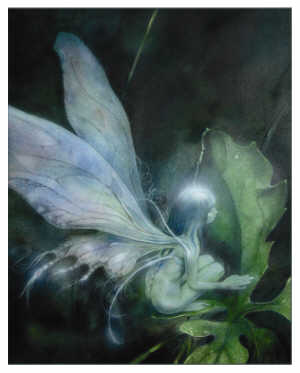But of course, my experience does not reflect everyone's. Sexism is still very much alive in the world and even in America, despite how far we've come, and I've mentioned before how my studying fairy tales has opened my eyes to some of these realities. You can't study fairy tales and their variations without being exposed to some of the gender issues therein. Since reading Catherine Orenstein's excellent Little Red Riding Hood Uncloaked, in which she talks a lot about women's issues and the various feminist versions of the tale, this has been on my mind.
Gustave Dore (with blush added by Bruno Bettelheim)
Most audiences are familiar with the versions by Charles Perrault and/or the brothers Grimm. The heroine is thought of as an innocent child, who was warned by her mother not to dawdle on her way to her grandmother's (in the Grimms', but most people remember this element as key to the story), but through her disobedience allowed a wolf to eat her and her grandmother, and they were saved by a heroic huntsman. In this well-known, thought to be authentic version of the story, Red is ignorant and disobedient, and she and her grandmother are overall helpless. The wolf overpowers them and the hunter rescues them.
Margaret Tarrant
Most people are unaware that the Grimms' tale has a second episode in which Red and her Grandmother come across another wolf, but this time, together (without the aid of a huntsman) come up with a clever plan to outwit him. That part of the story was omitted from many translations.
Even fewer are aware of "The Story of Grandmother," a French oral tale. This story has no prohibition against talking to strangers or wandering off the path, therefore not a story emphasizing obedience. It shockingly involves cannibalism, a strip tease, defecation, and a heroine who outwits the wolf on her own without the aid of a huntsman or anyone else. (Often when people are proving how shocking and adult-like older fairy tales are, you'll hear them reference this tale as well as Basile's version of Sleeping Beauty in which she is raped). Many modern people are surprised at how seemingly feminist this story is-Red is independent and clever, and we get the idea she's older than just a child.
Harry Clarke
If this were just one stray version, we wouldn't have much cause to draw too many conclusions from it. But Orenstein tells us that multiple variants of this same story have been found all over France, as well as Italy and even some related tales in Asia. Though they have minor differences from "The Story of Grandmother" as collected by Paul Delarue, they tend to have those darker elements in common. And as for the frankness about bodily functions, Orenstein reminds us, in a culture where families shared small, one-room houses, the sense of privacy and appropriateness would be entirely different than ours. "Family members often shared beds-and the chamber pots beneath them." Sex and bodily functions were common knowledge, from their farm animals to their own family members. And yet the majority of these tales, despite their variations, boast a protagonist who escapes on her own.
It's unfortunate, but in a way understandable that the female characters would have less control when written in versions by white men in societies where women were seen as property of either their fathers or husbands (Perrault/the Grimms). Female characters in fairy tales were increasingly given passive roles, and any actions they took amounted to little more than keeping house and fulfilling the traditional duties of motherhood, sometimes sleeping in an extreme state of helplessness. And as a whole, feminists were very concerned with what these images, imprinted into little girls' minds from a young age, did to their perception of identity. Andrea Dworkin was concerned that we as girls "aspired to become that object of every necrophiliac's lust-the innocent, victimized Sleeping Beauty, beauteous lump of ultimate, sleeping good." Women over and over in fairy tales are victimized, rendered helpless and in need of saving by a male.
Yet now it's almost hard to find a recent version of LRRH that doesn't give her control. Like this recent commercial for Chanel No. 5:
Or these ads from 1953 and '62:
And yet, as Orenstein points out, in these instances and many others, "has the message really changed? ...her implicit lesson is...that sexual appeal-or lack thereof-is the source of female power and value."
I think these modern versions of Little Red Riding Hood perfectly illustrate the contradictions and pressures women feel today in this unique era of history. We are all aware of the feminist message-few would dare to assert that a woman "belongs in the kitchen" or any of that. Women today can have a respected career, we can vote, we can create. And yet the pressures of the past are still very real as well. From back in the time when women were valued mainly for their ability to be married off and then raise a family, we still judge women extremely harshly for her looks. Women have so much pressure, directly from people we know and indirectly from media, to look a certain way. We almost feel the need to be everything.
I think this clash of values is very apparent in the popular t.v. show "How I Met Your Mother." I just referenced it because of its extremely controversial series ending-illustrating that, although fairy tales are often bitterly accused of giving us cheap happy endings, it is hardly the only genre from which the population at large seeks that ideal "and everyone lived happily ever after." But aside from that-the show was impressive in its portrayal of women. The character Lilly embraced her sexuality and showed us that the modern woman can enjoy a very fulfilling marriage, raising children and eventually experiencing her dream career. Robin's character challenged the stereotypical female-she is tough and unemotional, and did not want kids, choosing to pursue her job as a news reporter. Ted and Marshall showed that even men can have a vulnerable, emotional, romantic side to them.
And yet, Barney's character is possibly one of the most misogynist, womanizing characters to have ever graced the television screen-yet most of his feats of sleeping around are laughed off like a joke. His character literally makes lying to and seducing women into a game, and he makes it clear he would never sleep with a "fatty" and has a scale on which he rates the hotness of women. We see some growth in his character throughout the show but the implied message is clear to female viewers: if you're not sexually attractive, no man is going to want to have anything to do with you. The show was strangely pro-feminist and anti-feminist at the same time. This is the culture we live in, and this tends to be, on the whole, the culture that fairy tale adaptations reflect.
Kneil Melicano (thanks InkGypsy!)
So now we have a new picture of Little Red Riding Hood. She is perfectly capable of defending herself and can fight off unwanted suitors, yet still, the advertisements imply, has scores of suitors. The message of the feminists and the old world clash in such a way that women have to have career plans, even those that really just want to be mothers (and yes, I know several women who have said that). They feel guilty for pursuing love over career, or spending time and money on things such as makeup and clothes, even though we are told with practically every billboard and every time we turn on the t.v. that our value, at least from men, comes from our bodies being perfectly fit and model-like, and our faces and hair flawless, and our fashion choices impeccable. It's simply overwhelming. We have all these fictional heroines who are seemingly able to do it all-they date around while looking beautiful and successfully navigating careers, often defeating the bad guy with martial arts while wearing stilettos and tightly fitting clothes, but who can do all that? And what should we be expecting from ourselves? If the modern LRRH can totally take care of herself, taking out the wolf without blinking, what message does that give victims of rape or domestic abuse-that it's their fault? Being independent isn't that simple, nor is it easy. No wonder many women find it simply easier to just please one crowd-they embrace themselves as a dumb hot blonde, or claiming they don't care about love or appearances, throw themselves into their career.
So how do we create fairy tale characters, or any role models, that are inspiring but not discouragingly unrealistic? Somehow, the image of the passive, sleeping princess, waiting to be rescued, has not only endured but as been loved by little girls for generations. The idea that women should be beautiful by Hollywood standards and attractive to males is not going away anytime soon. The beautiful thing about our current culture is that we have so many options, but it seems like there's pressure no matter which path you choose. Focus on career and you're unfeminine, raise a family and you're unfeminist.
Agent Juarez
There is a trend in LRRH tales in which challenge gender norms by reversing or blending the traditional roles in the fairy tale. In Roald Dahl's poem, predator and prey become reversed as LRRH takes out a gun, shoots the wolf, and replaces her red cloak with his fur skin. In her actions and even her new appearance, the little girl has become the wolf's traditional role.
Quentin Blake
Many Reds these days end up becoming the wolf in the end. Roles are swapped and blended together in many modern takes on the tale, forcing us to question our preconceived notions of gender and realize they don't fit neatly into "obedient submissive females" and "strong predator or rescuer male". This provocative sculpture by Kiki Smith illustrates this perfectly:
"Daughter", Kiki Smith
Yet, what are we left with? Extremists will try to throw all gender distinctions out the window, calling it all a result of social conditioning. I've never understood that theory, because there are clearly biological and hormonal differences between male and female that affect us. However, as Orenstein reminds us, there are more exceptions, even biologically, to traditional genders than most people realize. No one fits perfectly into a box of preconceived stereotypes, and to every rule there are exceptions, but that doesn't mean there was no rule to begin with. Learning about gender differences is helpful in the same way personality tests are. They can help us to understand ourselves and our behavior, and the people we interact with, as long as we realize it is only a tool and not an absolute.
But even these thought-provoking versions of LRRH remain unknown to the mainstream. Many examples of role swapping are thought of as light and comedic, such as Roald Dahl's poem, or the story Giselle tells in the movie "Enchanted" in which Red chased the wolf around with a gun. They are funny because they are so opposite from what we expect-and yet the fact that they are laughable almost cements the traditional roles in our minds more firmly, because they make it seem ridiculous to assume anything else.
naomiful
We are still left in a world that puts different expectations on us based on our gender. Women have an abundance of paths available to them but we are still overwhelmingly pegged as sex objects. Our world loves to play around with fairy tales but still reveres the versions that were passed down to us from extremely patriarchal societies as the authentic and authoritative versions. If only we could see their portrayal of women as echoes from history and not absolute...
EDIT: I didn't see until after I posted this that Ink Gypsy at Once Upon a Blog just posted some information about Kiki Smith, the creator of the sculpture above, in a post on visual representations of LRRH. Learn more by clicking through!




















